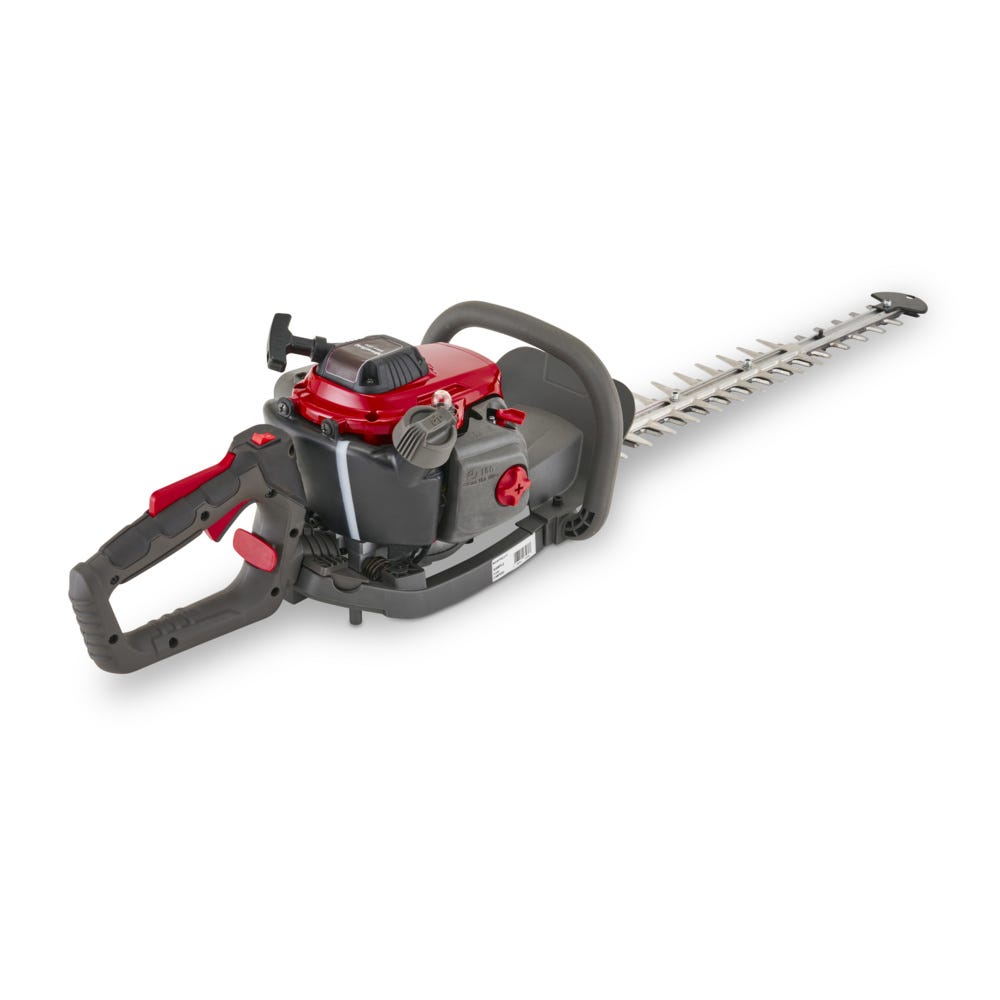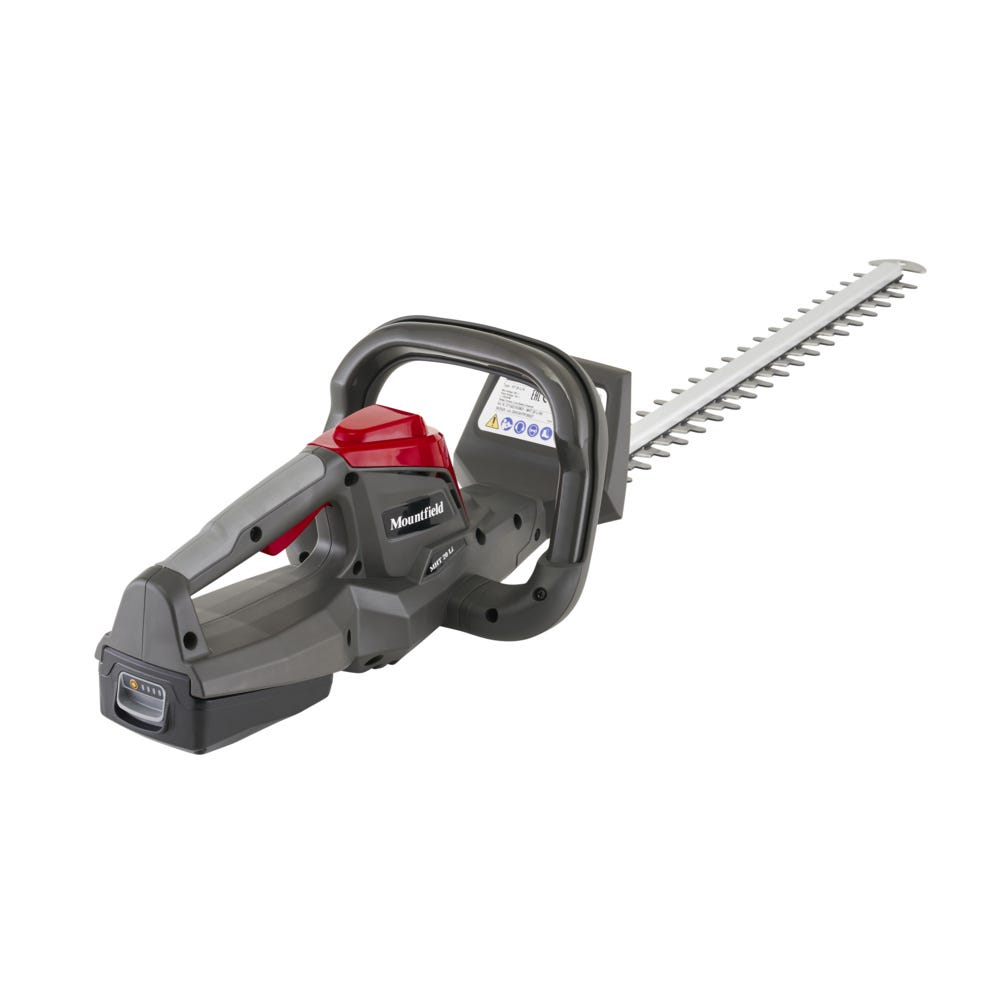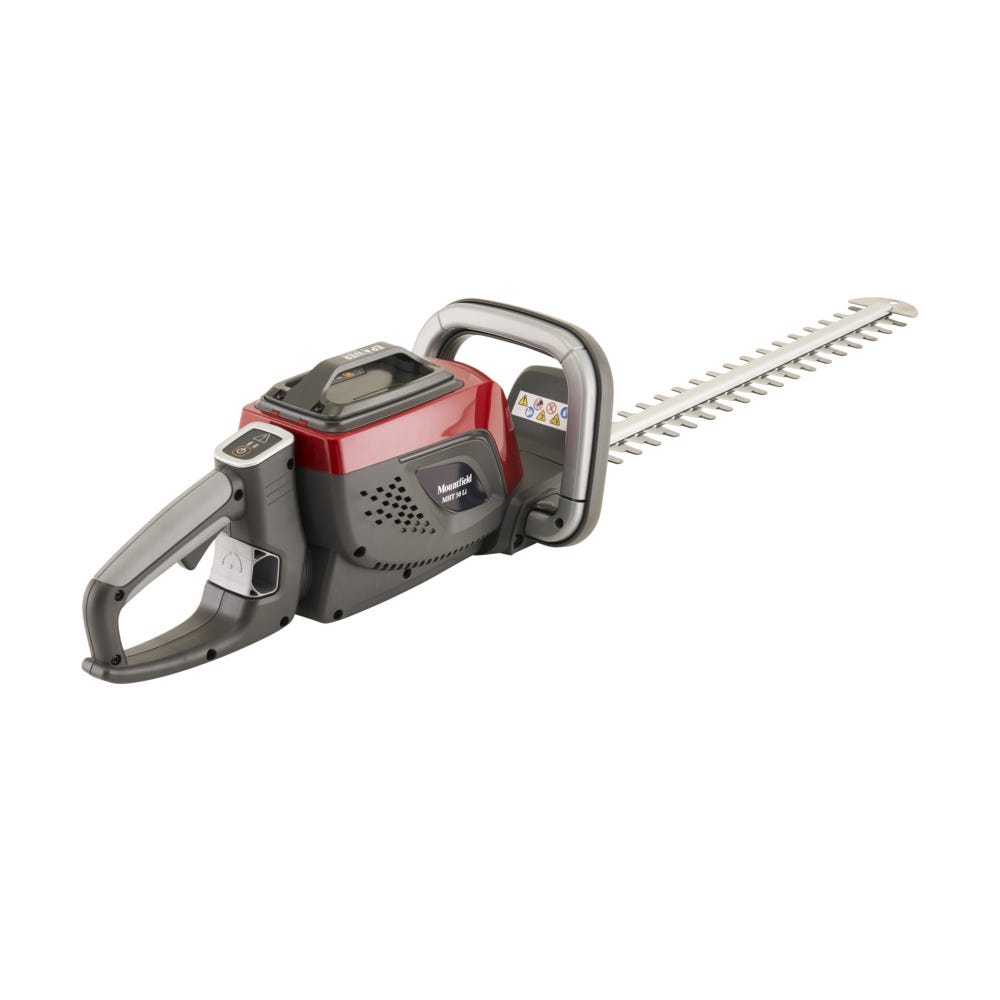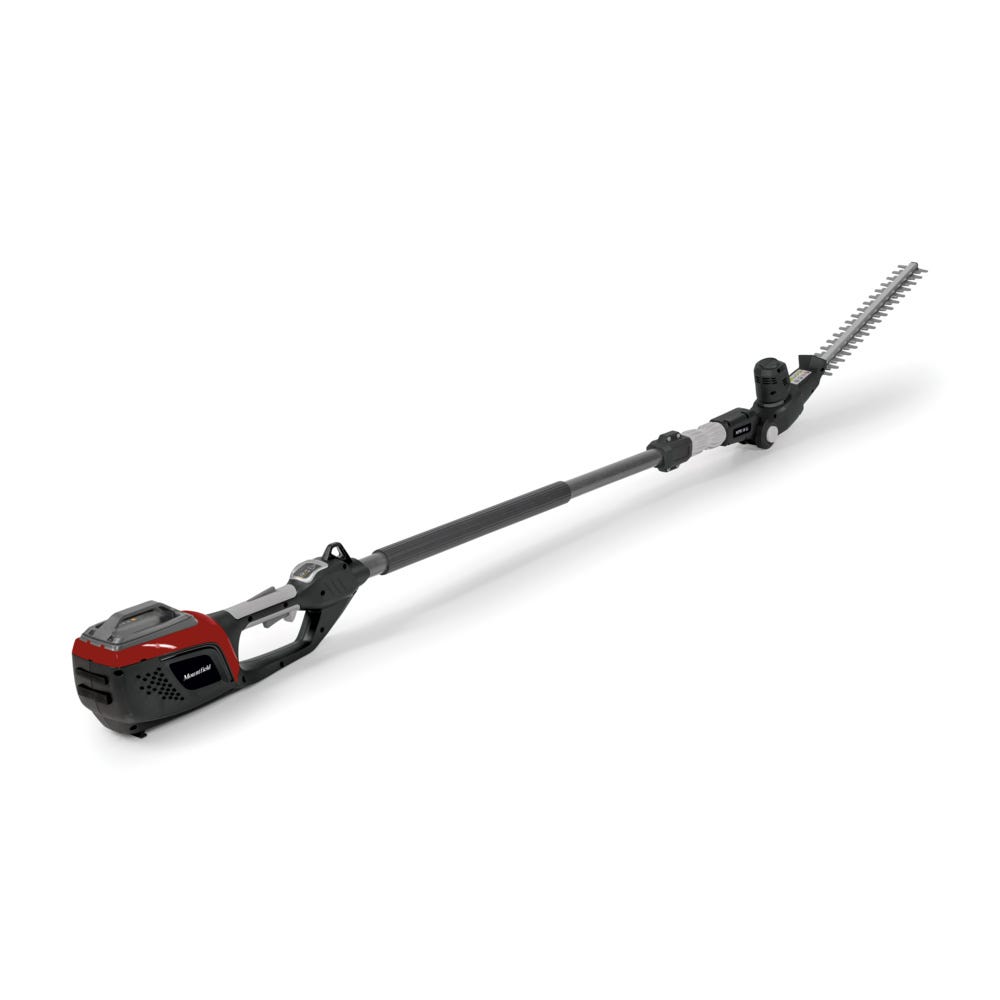.png)
We invested in a lounge set and I’m very pleased to have opted for a waterproof cover too! At least the mint is doing well in the garden ready for the Pimms when we do get some sunshine. We cut the grass for the first time in ages today and it’s looking lovely.

Hedges
If you’ve not trimmed your hedges now is a good time to give them a light trim just to tidy any straggly bits and keep them looking neat. Make sure you check first that there is no activity, no nesting birds, hold off until you are sure any nesting birds have left if you do spot any. The timing of trimming your hedge will depend on the type of hedge you have.
Privet hedges
Privet hedges will be happy to be cut hard back in April then trimmed in August. Cutting hardback will produce a dense hedge reducing it back in size. Trimming in August will keep it looking neat and tidy.
Conifer hedges
Conifer hedges can be trimmed in April then again in July or August. Often these types of hedges are cut back too hard which they do not recover from. Only ever take a little off at a time and keep them in shape, they will not tolerate it if you cut beyond the green foliage. Keeping them well trimmed, little and often will produce a very attractive dense evergreen hedge.
Laurel hedges
Laurel hedges are a great choice for an evergreen boundary. The ideal time to cut hard back is in spring. Laurel is fast growing so it is important to keep these kind of hedges well maintained to keep them manageable.
Beech hedges
Beech hedges are lovely, they are deciduous so not only do they need trimming but there’ll be some leaf raking to keep on top of. Trim in August and any hard cutting back needs to be done in the winter.

Tomatoes
With the weather being as it is some areas may have been hit with blight.
This is devastating if it happens, something to be vigilant about and deal with promptly if it happens. Warm wet weather is the ideal condition for the fungal infection to spread. Spores will travel and infect tomato plants as well as potatoes.
Early blight usually shows on the lower leaves after the first fruit. The leaves will develop brown spots then rings appear. The leaves will yellow, turn brown then start to wilt and fall off. The fruit won’t be affected.
Late blight however can appear at any time, leaves have dark edges then it will spread to the stem and will then spread to the fruit. As soon as blight is identified remove the leaves and burn them. Early blight spores will remain in the soil enabling it to return the following year, whereas late blight needs plant material to survive.
There are different ways to try and remove blight from the soil as it will survive for several years and reinfect plants. A good method to avoid disease is to follow crop rotation or to plant in grow bags or pots where the compost can be destroyed.

Softwood cuttings
To take cuttings can be quite fun, you can take various types but we will be talking about softwood cuttings.
Softwood – young stems with new leaves. Choose a stem that is vigorous and true to type so it will be as close to the mother plant as possible. Ideally take cuttings early in the morning so it won’t have lost any moisture and place in a damp polythene bag. Label your cutting to be sure you don’t get anything mixed up it you’re taking cuttings from different plants.
Cuttings should ideally be 5-10 cm in length. Take the top part of the stem and make a clean cut on a node (leaf joint). Remove leaves on the lower part of the stem. If the cutting is from a plant with large leaves then remove the lower leaves and cut the upper leaves in half. This will help the cutting retain moisture whilst rooting.
Prepare compost by mixing with grit or vermiculite, half and half will work well. If you are taking cuttings from different plants make sure that you put cuttings from one plant in the same part as they will root at different times.
Water well and put in a propagator or cover with a polythene bag. Keep checking that the cuttings are kept most by misting with a water spray when necessary. Do not allow them to dry out. Once they have rooted, they will be ready to put on into 9 cm pots until they are ready to plant out.

Propagating strawberry plants
Who doesn’t love a strawberry?!
Growing strawberries and multiplying those plants sounds amazing doesn’t it? It is so easy to do, my strawberries are planted in pots, so the easiest thing to do when you grow them this way it’s too place a pot of compost next to your strawberry plant, and trail the runner across to the pot, hold the runner down with wire or even a small stone. Make sure you keep the compost moist. Once the runner has taken root well you can cut it from the mother plant. why not give it a try.
Next month we will be talking about jobs for September including what to do in the greenhouse, borders, lawn care and green manure.
Until next time, let’s hope for some beautiful weather so we can make the most of our gardens and the outdoors.






